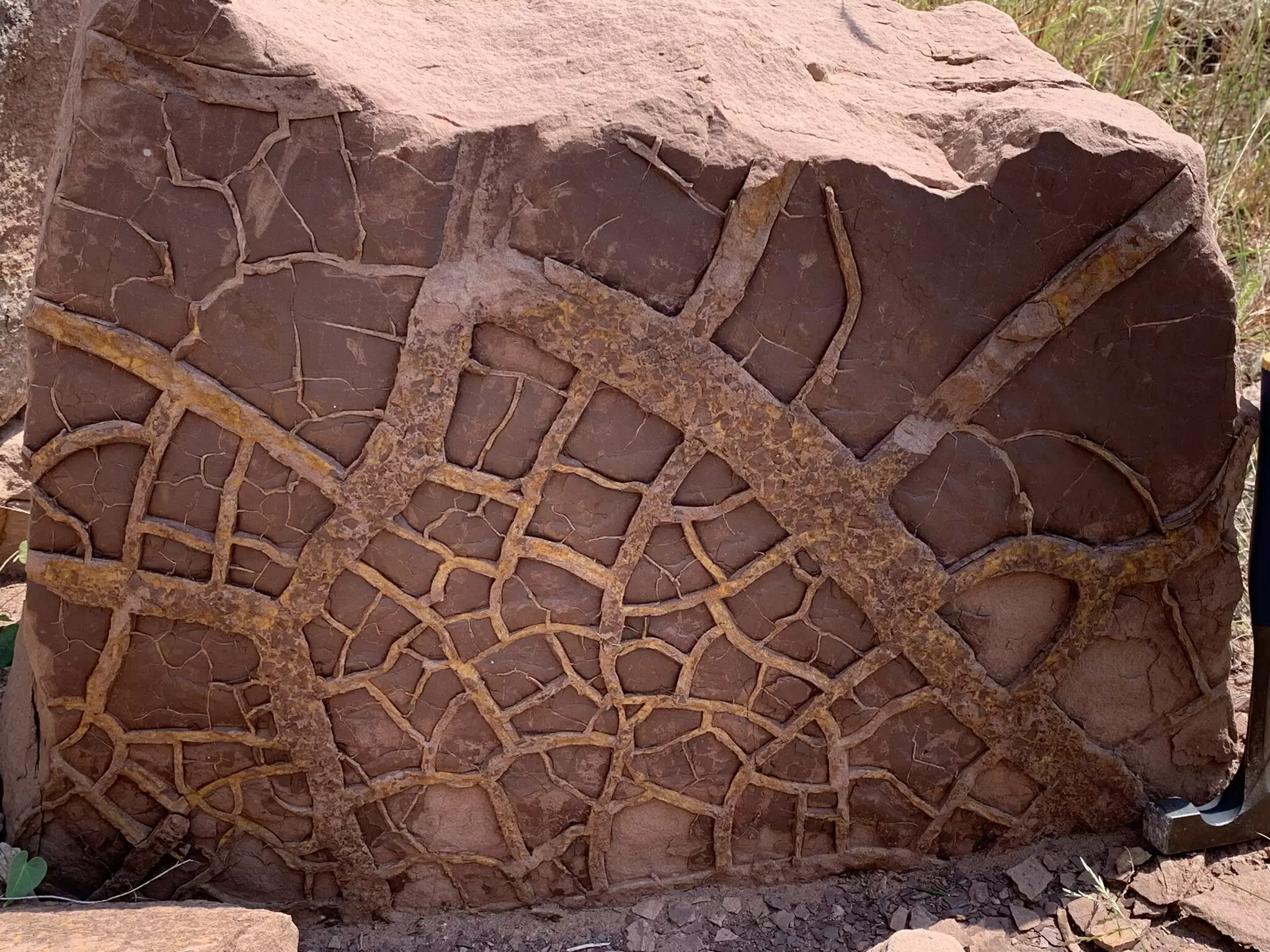The Permian-Triassic extinction, occurring approximately 252 million years ago, remains one of the most significant mass extinctions in Earth’s history. Recent research spearheaded by the University of Bristol and the China University of Geosciences (Wuhan) has illuminated how mega El Niño events played a pivotal role in this catastrophic event. Previously attributed primarily to volcanic eruptions in Siberia, the study now posits that rapid climatic changes, exacerbated by greenhouse gas emissions, contributed heavily to the sheer scale of this extinction event. Understanding these changes provides critical insight into how life on Earth is intrinsically linked to the planet’s climate systems.
Many assume that climate warming solely results in higher temperatures, facilitating a straightforward path towards extinction. However, the recent findings indicate that increasing temperatures significantly alter weather patterns, creating unpredictable and extreme environmental conditions. Dr. Alexander Farnsworth, a leading researcher in this study, argues that species cannot simply adapt through migration when experiencing such erratic changes. Instead, the increased variability in climate makes survival a daunting challenge for many organisms, especially in a rapidly changing environment.
This variability is underscored by the historical context of El Niño events. Today’s rare but intense weather fluctuations are nothing compared to the prolonged and more severe El Niño instances witnessed in the Permian-Triassic period. The research demonstrates that the lasting effects of these ancient El Niño patterns led not only to stark temperature increases but also to devastating conditions, ultimately resulting in ecosystem collapse.
The Permian-Triassic extinction highlights a troubling paradox within ecosystems: while biodiversity often contributes to resilience, periods of extreme climate change can undermine it. The fossil record shows that while many species perished, a select few adapted and survived. Professor Yadong Sun notes that severe climatic shifts resulted in vegetation dieback, eliminating plants that play a crucial role in carbon sequestration. The significant drop in plant life created a detrimental feedback loop, exacerbating the carbon crisis and accelerating extinction, particularly on land.
Interestingly, the land and oceans did not experience extinction simultaneously, debunking previous assumptions about unified ecological fragility during climate crises. Initial changes manifested in terrestrial ecosystems before oceans reflected these alterations. This two-phase extinction process suggests a complexity in the interactions between land and sea that warrants further exploration, especially considering how marine life was initially insulated from drastic temperature increases.
As today’s world grapples with climate change, the lingering effects of the Permian-Triassic extinction offer sobering lessons. The modern-day parallels with climate-driven changes—including intensified El Niño events—serve as a reminder of how fragile ecological networks can be. The study examined the recent record of intensified weather events and compounded drought conditions, much like those leading to past extinctions. The stark reality is that, while some species may adapt, many will not survive the accelerated pace at which these changes occur today.
Critically analyzing our responses to climate change, it becomes abundantly clear that a holistic approach to environmental stewardship is paramount. The resilience of our ecosystems relies heavily on maintaining biodiversity and ensuring flora and fauna can suitably adapt. Current practices focusing on mitigating human-induced carbon emissions are crucial to prevent a repeat of historical extinctions that jeopardized life’s existence.
Though mass extinctions are devastating, they also pave the way for evolutionary shifts. As Dr. Farnsworth points out, the Permian-Triassic extinction, despite its horrific consequences for many species, set the stage for the rise of dinosaurs and eventually mammals. Each mass extinction resets the trajectory of life on Earth and allows for new forms of evolution to flourish.
The research into the Permian-Triassic crisis underscores the complex interplay between climate change and ecological resilience. As we face an uncertain climate future, understanding the lessons embedded within our planet’s history is vital. Through sustainable practices and a concerted effort to maintain biodiversity, humanity can work towards ensuring that such catastrophic events remain confined to the past, allowing life on Earth to flourish in the face of unprecedented challenges.


Leave a Reply